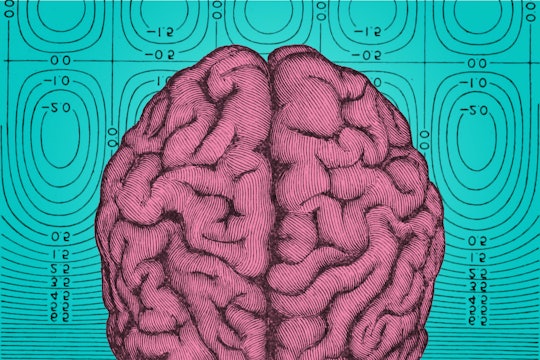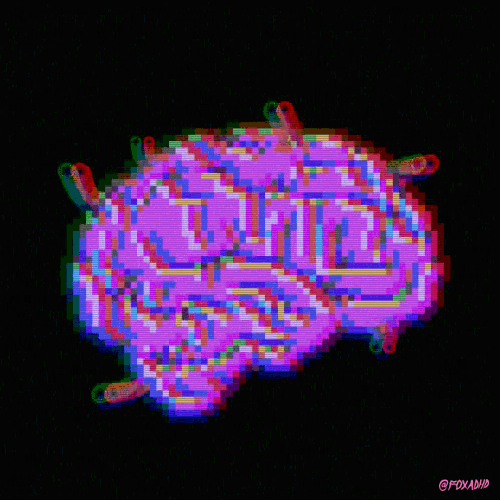
Massive's New Brain Waves 👋
Introducing our cohort of neuroscientist writers
We’ve been experimenting here at Massive with new ways of working with scientists to encourage public discussion. We want to foster a community that welcomes healthy, transparent scientific debate. We’ve been using chatbot-like tools to probe the impact of our articles on our audience, and we’ve been prompting readers to ask Massive scientists questions directly with our “Ask me a question!’ buttons.
Internally, we’ve been working with our growing consortium of STEM experts to think about new ways of working in groups to tackle communication around complex fields of research. This takes many forms; most recently, we’ve been gathering scientists from similar backgrounds into cohorts.
In August, we worked with an amazing cohort of synthetic biologists and researchers with expertise in genetic engineering to tackle some of the thorniest and complicated research that’s been published recently. It was immensely fun and gave us the ability to communally examine some of the more complicated research that was published over the course of the month.
For our second cohort, I wanted to focus on the growing and complex field of neuroscience. The field’s understanding of how our brains work changes every time a new tool is created to peer into its working depths or model its function, and benefits from collaborative work. Neuroscientists examine sensation, perception, learning, memory, consciousness, and movement, and we asked this new cohort to tell you stories about the worlds they and their brains inhabit.

We’ll be piloting a transparent analogy to scientific peer-review in this group, asking each of the scientists to write brief commentary on the research presented by others in their group and publishing this commentary for our readers alongside articles. This is an experiment in taking some of opaque processes of science and bringing them out in the open for the public.
I’m excited to to introduce you to our cohort of neuroscientist writers:
Daniel Bear is a post-doctoral researcher at Stanford with a background in olfaction (how we smell). He currently studies how neural algorithms have been tailored to perform particular tasks by evolutionary pressures.
Erica Griffith is an MD-PhD candidate at SUNY Downstate and works in computational neuroscience, using simulation environments to construct “in silico” neural networks to understand behavior.
Gregory Logan-Graf is a postdoctoral research associate at Carnegie Mellon University where his expertise lies in somatosensation, or our ability to detect mechanical stimuli.
Danbee Kim is PhD candidate at the Champalimaud Foundation in Portugal, investigating non-invasive ways of working with animals. She is also a proponent of open science methodologies and building experiments in neuroscience that imitate “real-world” environments.
Gonçalo Lopes is a former colleague of Danbee’s. He is currently a researcher at the Sainsbury Wellcome Centre in the UK, interested in the intersection of neuroscience, robotics, and gaming.
Maya Emmons-Bell is a PhD candidate at UC Berkeley, where she studies fruit flies using genetics techniques, imaging and the tools of molecular biology.
Benjamin Bell is a PhD candidate at Johns Hopkins School of medicine and has experience conducting research on circadian rhythms and sleep behavior.
Lauren Mackenzie Reynolds is a PhD candidate at McGill University, where she studies individual variations in susceptibility to drug abuse and addiction.
Aaron Bornstein is a postdoctoral research associate at Princeton Neuroscience Institute, where he conducts research on how the memories of individual experiences come to shape our expectations and guide our actions.
We’re excited to begin publishing everyone’s first articles next week, tackling some of the more debated research published recently on face recognition and sexual orientation, MDMA treatment of autism and a whole host of fascinating research that has been turned into stories by the people who know the science best.
